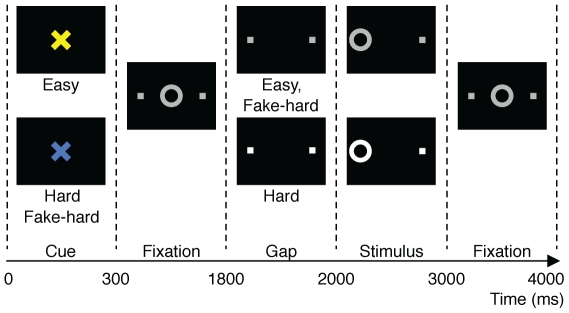Figure 1. Schematic and timeline of the three trial types: Easy, Hard, and Fake Hard.
For fMRI analyses comparing error and correct responses, we did not distinguish between trial types. All trials begin with an instructional cue (300 ms) of a color (blue or yellow) indicating either a Hard or Easy trial, followed by fixation. At 1800 ms, the central fixation ring disappears (200 ms gap), and at 2000 ms, it re-appears on either the right or left side as the imperative stimulus to which participants must respond. Hard trials are distinguished by an increase in luminance of both the peripheral squares that mark the potential locations of stimulus appearance during the gap and of the imperative stimulus. Except for the Hard cue, Fake Hard trials are identical to Easy trials. In the trials depicted, the correct response is a saccade away from the stimulus on the left side of the display. An error would involve a saccade towards the stimulus. After one second, the fixation ring returns to the center, where participants return their gaze to await the next trial.

